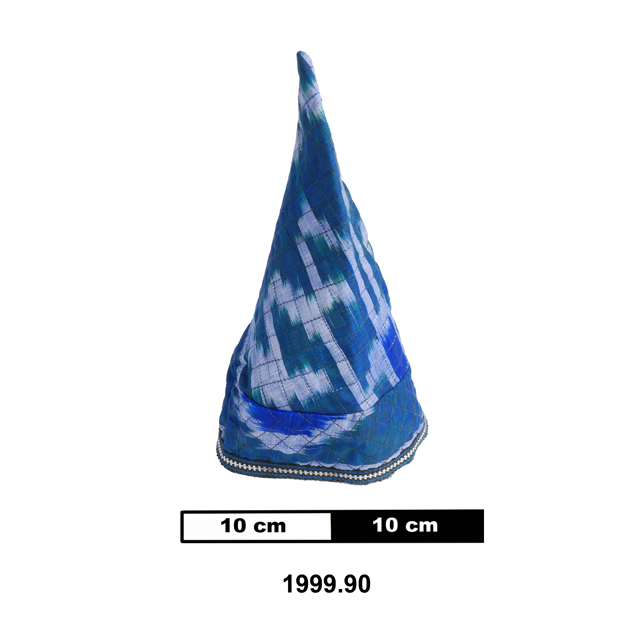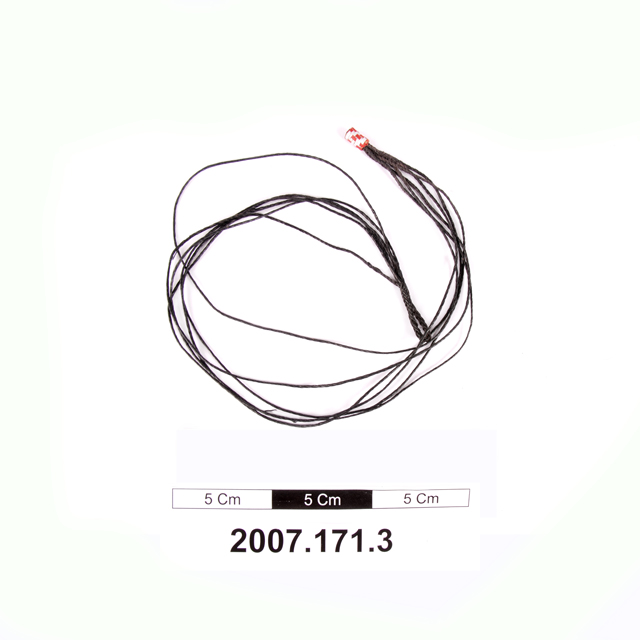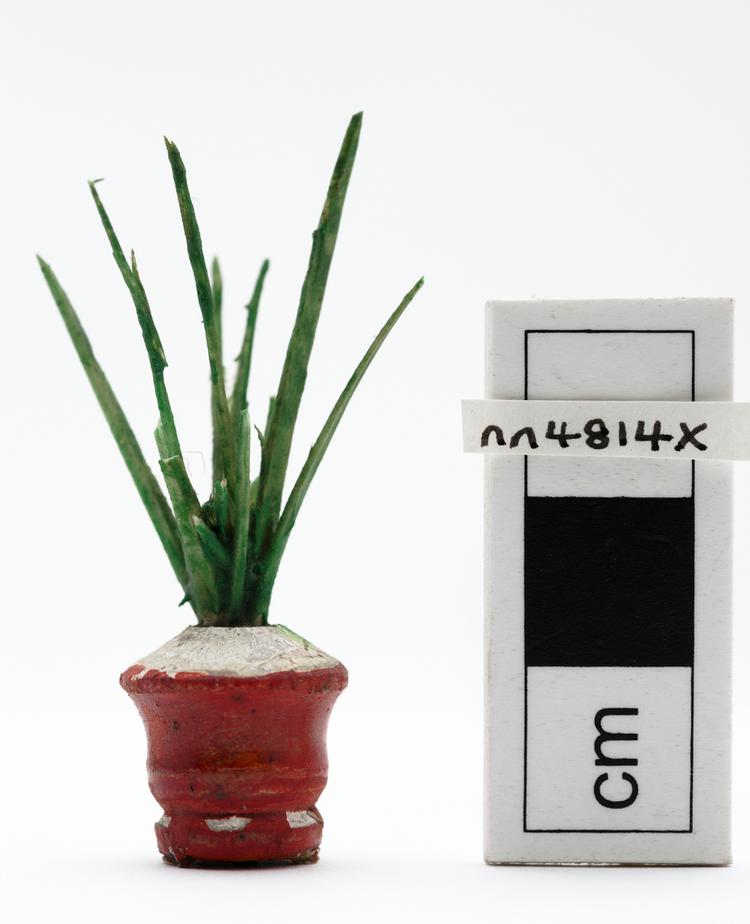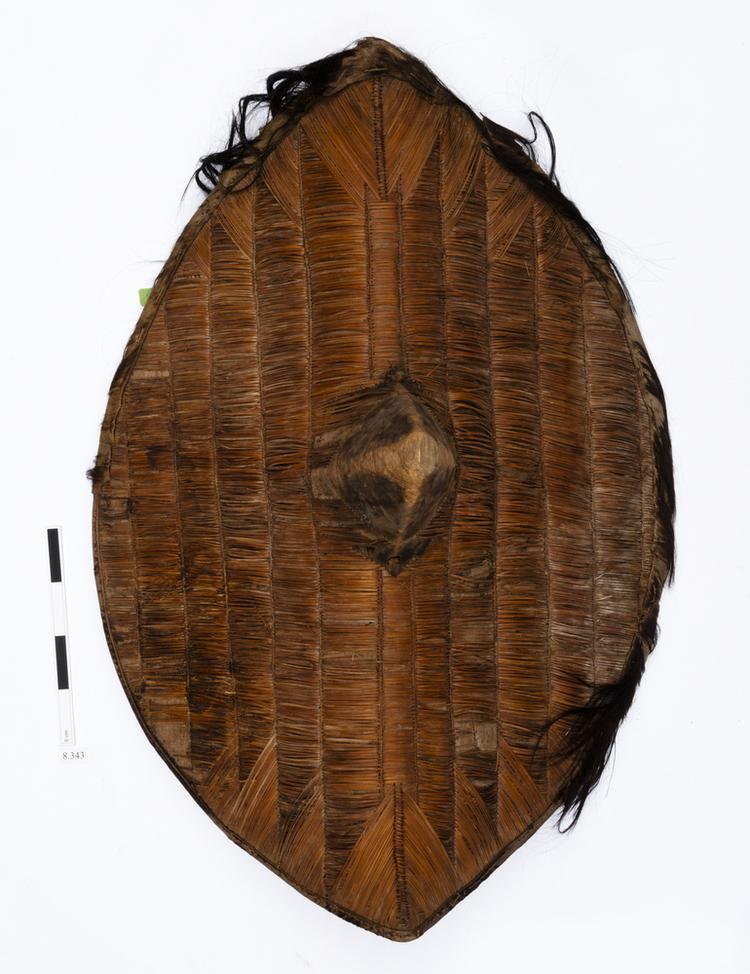
Taiaha, spear club with a long tapering blade that flares to a rounded arc at one end and narrows to join a larger lanceolate head at the other. This is carved to represent a face with protruding tongue. Both the face and tongue are engraved with curvilinear motifs and the eye sockets are inlaid (3 out of 4) with Paua (Haliotis). Entire surface is elaborately engraved which began to occur in mid 19th century with the development of the New Zealand tourist industry. This is therefore an early form of Maori tourist art.
Hardwood Spear-Club, Taiaha, New Zealand Maori. The taiaha is the Maori variation of the widespread Polynesian weapon form known as a spear-club. Unlike examples from tropical Polynesia, Maori carved this weapon quite short (1.2-1.8m). Warriors used both ends of the weapon in various practiced offensive and defensive moves: the long, tapering spatulate blade could be used much as a slashing sword, and such hardwood blades were remarkably effective. At its narrower end, the taiaha comes to a spearhead like point, finely carved into an opposing pair of faces with protruding tongue. Taiaha were generally carved from manuka (Leptospermum scoparium) and pohutukawa (Metrosideros excelsa) woods, both native hardwoods that could be further hardened after carving by careful exposure to fire. Although this taiaha is a fine mid-19th Century example, and dates to a period when such weapons were still in practical use, it is quite different to taiaha collected by the earliest European visitors of the 18th century. Those examples are short and mostly plain, while later pieces like this give evidence of the transformation in decorative engraving brought about by the importation of metal carving tools. Hardwood. Mid 19th Century. Formerly in the private collection of Captain Charles Augustus Manning of Portland Castle, Dorset.


































































































































































































































































































































































































































































































































